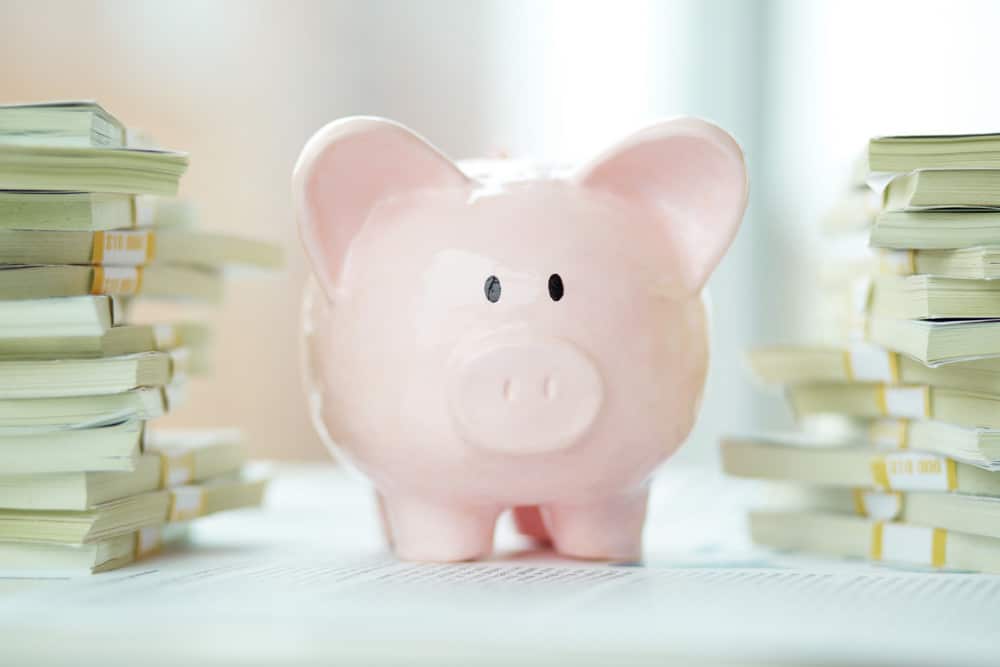Preparing for unexpected expenses should always be your top priority. Ideally, an emergency fund is the amount of money set aside in a savings account to cover an unforeseen financial crisis. Whether you experience a job loss, a pay cut, or a medical bill, an emergency fund helps you navigate without depending on high-interest credit cards. It is important to build a financial buffer to safeguard yourself and your money in case of emergencies. This article will detail everything you need to know about preparing for emergencies.
What Is an Emergency Fund?
You should not confuse an emergency fund with an account you occasionally dip into for non-essential items. An emergency fund should consist of several months’ worth of living expenses in a safe, accessible bank account that you only withdraw during an emergency.
How Much Do I Need for an Emergency Fund?
An emergency savings fund depends on your financial situation. Consider the most common unplanned expenses you’ve experienced and their costs. You can use this to determine how much you’ll need to save.
A general rule here is to save sufficient money that can cover your expenses such as; food, rent, utilities, or childcare for at least three to six months. Putting money aside can seem difficult if you live paycheck to paycheck or don’t get paid the same amount every week or month. However, even a small amount of savings can be a source of financial security.
Benefits of Emergency Fund
An emergency fund is different from other savings strategies in that you don’t need to earn interest on it. The habit of saving money can have significant financial benefits such as:
- Getting you out of debt: Having an emergency fund helps you avoid getting into a line of loans, or credit cards whenever you’re faced with unexpected expenses.
- Provide peace of mind: When you know you have savings, it gives you a sense of peace and you feel prepared to handle any financial obstacles. Even if you won’t use your emergency fund, it will provide you with a feeling of financial stability.
- Financing a job loss: Job loss means you’ll not have a paycheck. With an emergency fund, you can cater for your expenses for the period you’ll not be working.
- Help you make better financial choices: With an emergency fund, it becomes easier to manage unexpected expenses. The pressure of figuring out how to pay can lead you to agree to other unfavorable terms and high-interest rates. However, with money set aside, you’ll have the freedom to explore and make better financial decisions.
Strategies of Building an Emergency Fund
The first step towards building an emergency fund is saving. Setting some money aside is vital to your financial well-being. When establishing an emergency fund, the first step is to decide the amount of money you’ll want to save. Figuring out this helps you set up a goal that is realistic. Then, you can take a couple of steps to make the process of saving more manageable. Here are five strategies you can implement to build an emergency fund:
1. Determine Your Income and Expenses
If you’ve not started monitoring your income and expenses, begin now. To be able to avoid impulsive buying and overspending, channel that money towards saving for a rainy day.
2. Automate Your Savings
Automate everything that’s available. If you’re consistently forgetting to pay for an important payment or your credit card, autopay helps you avoid dipping into debt. Saving through your employer is another way of automating your savings.
Some employers allow you to divide your paycheck between your checking and savings account automatically. The majority of savings accounts enable you to set up rules of automatic savings to transfer money from your checking to your savings account once you get paid.
3. Handle Debt While Saving
Strike a balance between managing your debt and saving. You might break your goals between paying off your debt and building an emergency fund. Just ensure to pay at least the minimum on your debit accounts to avoid penalties. You can shift your priorities as your debt reduces.
4. Regularly Track Your Progress
One of the key ways to monitor your progress is to stay on track. For example, If your target is to hit $500 in your savings account, this can encourage you to aggressively save more if you’re able to. While you’ll encounter a roadblock, you can always make changes along the way.
5. Cancel Subscription and Membership
To free up money for your emergency fund, get rid of unnecessary memberships and subscriptions that you no longer require. If you need to keep a subscription, look at your credit cards to check if the services provided are free as part of membership perks.
In the past few years, alternative forms of currency such as Bitcoin have also gained attention as potential assets to include in your emergency fund. You can convert Bitcoin to USD and save fiat currency in your emergency fund.
Endnote
An emergency fund helps you get out of debt, provides you with peace of mind, and gradually grows your money in the long run. When you have sufficient money in your emergency fund, you’re less likely to depend on credit cards or draw into retirement savings. By adjusting your spending habits, you can have room for saving more in your emergency savings goals.









